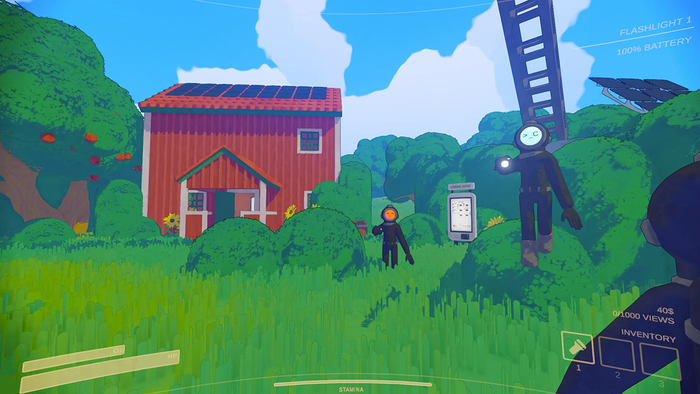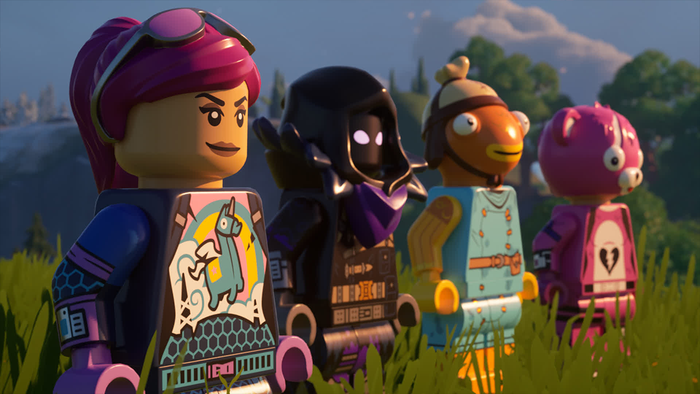StarCraft II lead designer Dustin Browder told GDC 2011 attendees about the "insanely hard" task of creating an e-sports game, and provided tips on creating an e-sports title.

When Blizzard Entertainment's Dustin Browder and his team set out to create hit real-time strategy game StarCraft II as an e-sport, he knew it would be a daunting task, he told attendees at GDC 2011. The original StarCraft virtually became a national sport in Korea, and with StarCraft II, Browder wanted to preserve what makes that game so successful as an e-sport, as well as improve upon the formula. At the outset, the enthusiastic designer knew that "This is going to be insanely hard. It's going to be like inventing Basketball 2." In 2005, the StarCraft II team was scoping out the competition. Games like Relic's Dawn of War and Gas Powered Games' Supreme Commander were on the market, and they were successful pieces of strategy game design. But they weren't as lean as an e-sports game could be. In Supreme Commander's case, Browder said he stopped counting after he tallied 150 playable units. While that approach worked for those games, StarCraft II had to take a different approach. That's because it wasn't just about making a game with lots of fun aspects. It also had to be a sport that people want to play as well as watch. Blizzard told Browder that StarCraft II was to have three sides and 45 units - which on paper sounds like less content than its competitors. He thought that those restrictions were crazy, but said he was told, "Hey man, don't worry, this isn't like other games that you play, this is an e-sport." And in order to create a game as an e-sport, there are a few basic rules - an e-sport must be fun to watch by an audience, it must be playable, it must be clear and simple, it must involve skill and also provide an amount of uncertainty. Creating a game that would separate those with skill from those without was at first counterintuitive for Browder. For previous strategy games he worked on, "We were not trying to separate the have and have-nots; we were trying to bring them together." Browder explained that achieving clarity in visuals was particularly challenging for artists - trying to make a gargantuan Ultralisk readable in a top-down strategy game and distinguishing all of these different units with different abilities from one another was no easy task, he said. And the game's designers were challenged by the fact it needed be fundamentally simple (easy to learn but hard -- or impossible -- to master), and have as few playable units as possible. That simplicity must still provide for complex, skill-based gameplay, said Browder. For instance, the Zerg Baneling unit overpowers the Terran Marine, but a Marine with a Stimpack upgrade overpowers the Baneling unit… unless that Baneling unit has its own upgrade. It's a simple concept, but it provides for skilled gaming and also injects a dose of uncertainty that makes traditional sports fun to watch. Browder also said making the game require a certain amount of actual skill is "why noobs hate me. Sorry noobs." Various aspects of the game opened it up for skill-based play, like micromanagement, terrain-based maneuvers, and flanking. By allowing players to use their skill, it "allows for degrees for success," said Browder, just as a football team might barely pull off a win, or win by a very large margin. Injecting the gameplay with uncertainty makes StarCraft II matches very fun to watch, Browder said. His focus on making matches uncertain "is why everyone hates me and why people get bitter about e-sports from time to time," he joked. In particular, he addressed the Zerg Rush, a tactic from the original StarCraft that could end a multiplayer match very early on. The tactic earned the reputation of being a rather cheap way to win a match. But in StarCraft II, Browder said the team kept the tactic - which is counter-able - because it provides a degree of uncertainty right off the bat, and that's fun to watch. A multiplayer game could end in the first few moments. Or not. "By delaying the rush, you're just delaying when the fun begins," said Browder. In all, making the game an e-sports game heavily affected the story, the kinds of units included in the game, the art, the multiplayer options and the game's features. It was an extremely difficult task, Browder said. But it was worth it, he said. "This is a way for players to experience the game in ways we've never had before."
Read more about:
event gdcAbout the Author(s)
You May Also Like








